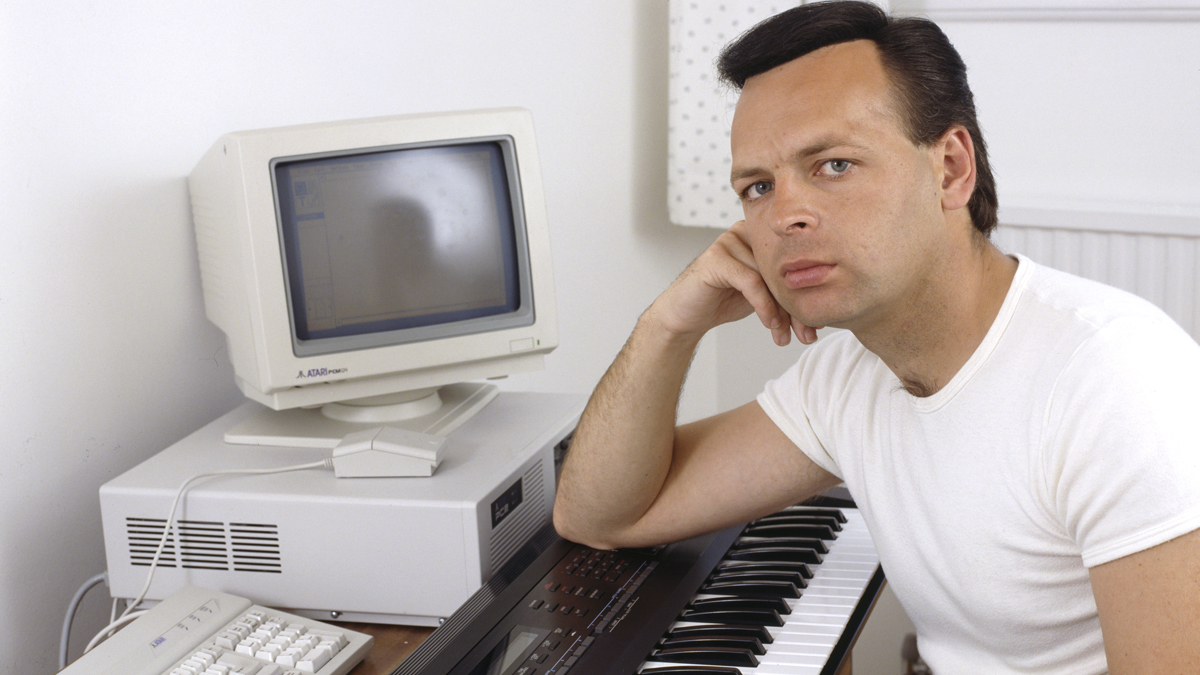6 ways to recreate the sound of '80s synth-pop
Send your sound back to the '80s with these six sonic hallmarks of synth-pop

Synths are a vital part of emulating the 80s sounds, just like drum machines, rudimentary samplers, and wannabe-Bowie vocalists. If any single music genre defined the 1980s, it’d be synth pop.
Synths were everywhere, with bands like OMD and Depeche Mode on the pop side; even Van Halen had their synth moment with Jump. Evolving from the behemoth systems of earlier years, synths were more portable, easier to use, and – sometimes – more affordable.

Following the example set by Kraftwerk, bands might appear on stage with nothing but electronic keyboards; pretty radical. This was synth ‘pop’ in the real sense, around singles and chart placings, instead of reflecting the more mature, technically complex music of the progressive scene.
This more democratic era also squeezed out the virtuosi – the prog players of the world, who played as if they were paid by the note (although prog didn’t go away, it just took a back seat for a while in commerciality terms).
The songs were concise and catchy, and this movement spread through Europe before eventually reaching the rest of the world. The lingering punk DIY ethic where practising and recording at home became possible for the average person, drove this scene too.
1. Linndrum

Let’s start with the beat – and yes, we can go full LinnDrum again! But also, any of the original wave of Roland drum machines is historically appropriate. There's no shortage of plugins out there that emulate the Roland family of instruments: we recommend the AudioRealism ADM if you're looking for a decent emulation of the 808, 909 or 606.
2. Gated snares

We must include a special mention for gated snares, as used by Peter Gabriel, Phil Collins, and eventually everybody else. Take your initial snare part, and add a reverb plugin, ideally with a longer hall-type tail, then a noise gate to cut that tail off. Still weirdly cool.
Want all the hottest music and gear news, reviews, deals, features and more, direct to your inbox? Sign up here.
3. SH-101 bass

The bass part might be a live player with their Wal strapped up high, or it could be a synth (an SH-101 like the one available from Roland’s Cloud as shown) playing a classic disco-style octave bass part. If your synth doesn’t have one, use an arpeggiator plugin to help achieve the desired effect.
4. Sampled orchestral stabs

At one point in the 80s, there was a definite trend where sampled orchestral stabs were getting used – and overused. But they’re still legit. Source the necessary samples from a Fairlight CMI, the Arturia version or the official iOS app, or map your own sounds to a MIDI keyboard – this is surprisingly effective.
5. Yamaha DX7

The 80s witnessed the rise of the colder-toned digital synths, and the best way to add that to your projects is with the sound of the Yamaha DX7. There are many plugins and sample packs available (including the freeware Dexed pictured above.)
6. Double-tracked vocals

Vocal takes might be spliced together, but there were no pitch correction or Auto-tune effects – so the final vocal tracks wouldn’t have the robotic perfection we take for granted these days. What you’d get is hardware reverbs, and more tracks of vocals, like double-tracked leads or backing harmonies.
Computer Music magazine is the world’s best selling publication dedicated solely to making great music with your Mac or PC computer. Each issue it brings its lucky readers the best in cutting-edge tutorials, need-to-know, expert software reviews and even all the tools you actually need to make great music today, courtesy of our legendary CM Plugin Suite.
